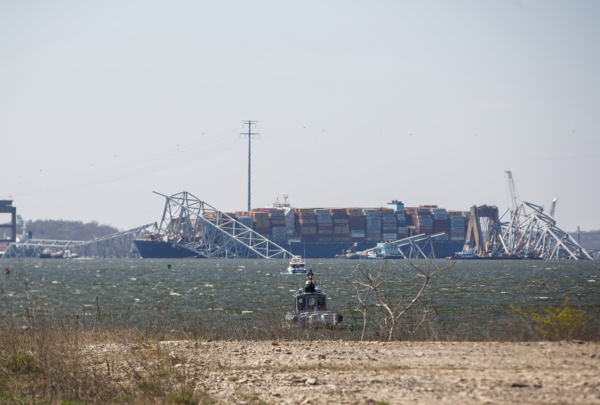Don’t Mourn the Great Barrier Reef– Save It
November 4, 2016
Recently there has been a plethora of commotion surrounding a tweet written by Outside Magazine declaring the Great Barrier Reef dead. 500,000 years old and 1,400 miles long, the Great Barrier Reef is famous for it’s colorful coral and ocean wildlife, but best known for the harsh toll series of both natural and manmade threats have taken on it’s unique ecosystem. Immediately following the announcement, disgusted and despairing users expressed their anger and regret in twitter posts shaming humankind for “killing” the ancient coral reef. However, scientists quickly stepped forward to amend the statement, informing the public that there is still hope of reviving the Great Barrier Reef.
In the past two decades the sustainability of the reef has rapidly decreased, much to the horror of people around the world. Many factors play into the deterioration of the coral, but the main cause is climate change. When water temperatures grow too warm, the coral is bleached and damaged beyond natural repair, which can be detrimental to the future of a coral reef. Global warming plays directly into this epidemic, bleaching miles of coral at a time. With water temperature on the rise, such events are occurring more and more frequently. A study by the ARC Centre of Excellence for Coral Reef Studies reported that 93% of the reef is a victim of bleaching, putting the unaffected 7% in a dangerous limbo.
However, while the ecosystem is in undeniable trouble, a Barrier Reef Marine Park Survey showed that only 22% of its coral died in the most recent bleaching event.
“I expect the article was to highlight the urgency of the situation,” Russell Brainard, chief of the Coral Reef Ecosystem Program at NOAA’s Pacific Islands Fisheries Science Center said in an interview with Huffington Post. “But those who don’t know any better are going to take it at face value that the Great Barrier Reef is dead,” he said.
Without help, the reef is in serious danger of extinction, but there is no need for an obituary quite yet. In September, the Australian and Queensland governments shared the progress of a two billion dollar reef recovery project in the annual Reef 2050 plan. Having completed 29 of its 151 actions, the investment is making steady change in the state of the reef, but the progress is nowhere near as fast as it needs to be to properly rehabilitate the coral.
“It is critically important now to bolster the resilience of the reef, and to maximize its natural capacity to recover,” said Professor John Pandolfi from the ARC Centre in the University of Queensland. “The reef is no longer as resilient as it once was, and it’s struggling to cope with three bleaching events in just 18 years,” he said.
So the reef isn’t dead, what now? There are several different charities determined to repair the Great Barrier Reef and its ecosystem that you can get involved with. GreenPeace and the Great Barrier Reef Foundation are two of many organizations that you can donate to, volunteer and advocate for, or attend events to better educate yourself and others.










